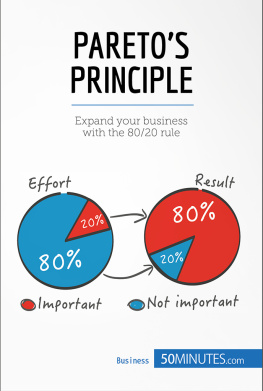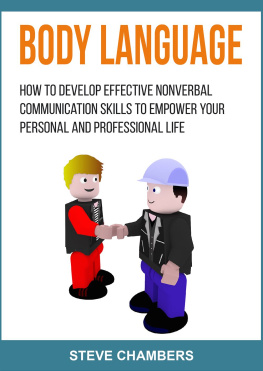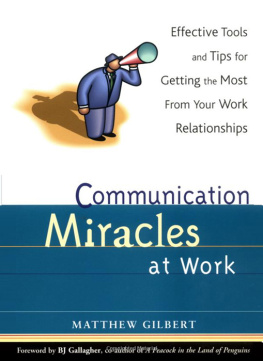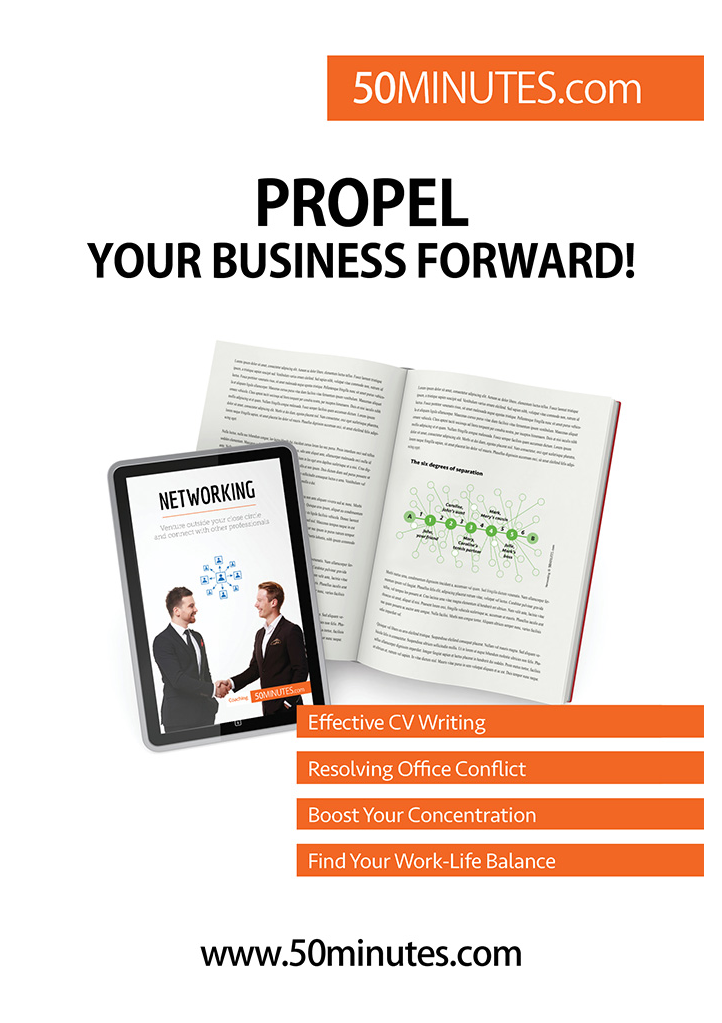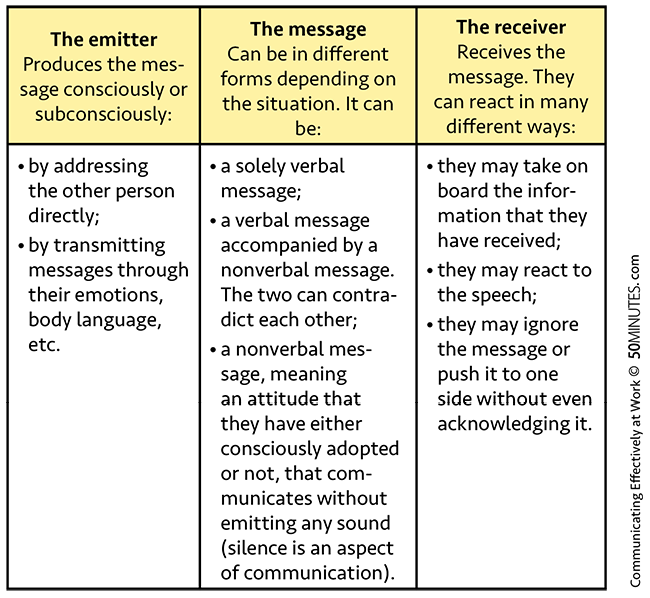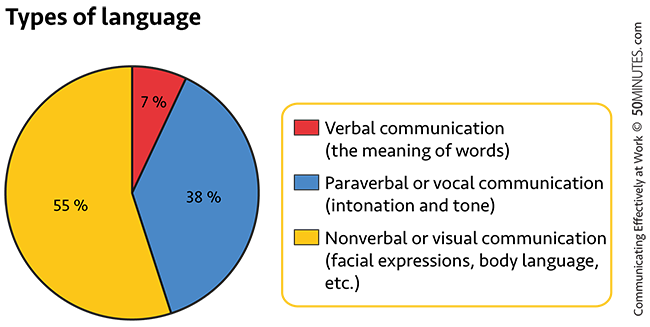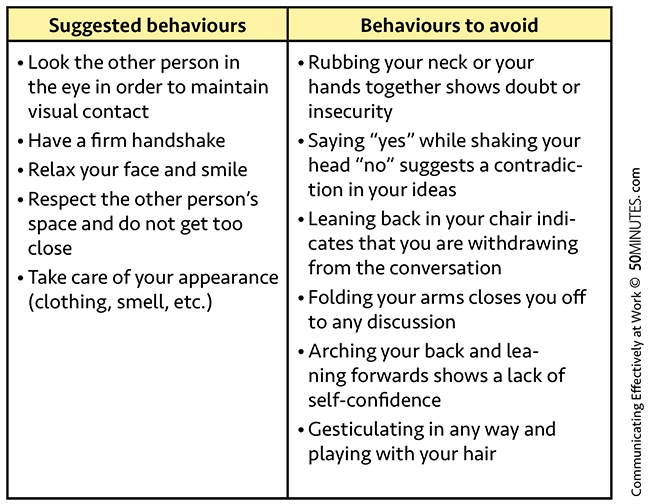50minutes - Effective Communication at Work: Say what you mean and get what you want
Here you can read online 50minutes - Effective Communication at Work: Say what you mean and get what you want full text of the book (entire story) in english for free. Download pdf and epub, get meaning, cover and reviews about this ebook. year: 2017, publisher: 50Minutes.com, genre: Home and family. Description of the work, (preface) as well as reviews are available. Best literature library LitArk.com created for fans of good reading and offers a wide selection of genres:
Romance novel
Science fiction
Adventure
Detective
Science
History
Home and family
Prose
Art
Politics
Computer
Non-fiction
Religion
Business
Children
Humor
Choose a favorite category and find really read worthwhile books. Enjoy immersion in the world of imagination, feel the emotions of the characters or learn something new for yourself, make an fascinating discovery.
- Book:Effective Communication at Work: Say what you mean and get what you want
- Author:
- Publisher:50Minutes.com
- Genre:
- Year:2017
- Rating:4 / 5
- Favourites:Add to favourites
- Your mark:
Effective Communication at Work: Say what you mean and get what you want: summary, description and annotation
We offer to read an annotation, description, summary or preface (depends on what the author of the book "Effective Communication at Work: Say what you mean and get what you want" wrote himself). If you haven't found the necessary information about the book — write in the comments, we will try to find it.
Do you struggle to develop relationships or make yourself heard at work? There is a good chance that this is down to a lack of communication, an extremely important yet often overlooked professional skill. Gone are the days of struggling to assert yourself or build relationships with colleagues; this guide will give you all the information you need to reap the rewards of effective communication!
In 50 minutes you will be able to:
- Interpret body language and other nonverbal communication such as facial expressions, gestures and nervous habits
- Discover the three ego-states and how they affect your ability to communicate, as well as how to use them to improve your communication
ABOUT 50MINUTES.COM | COACHING
The Coaching series from the 50Minutes collection is aimed at all those who, at any stage in their careers, are looking to acquire personal or professional skills, adapt to new situations or simply re-evaluate their work-life balance. The concise and effective style of our guides enables you to gain an in-depth understanding of a broad range of concepts, combining theory, constructive examples and practical exercises to enhance your learning.
50minutes: author's other books
Who wrote Effective Communication at Work: Say what you mean and get what you want? Find out the surname, the name of the author of the book and a list of all author's works by series.







